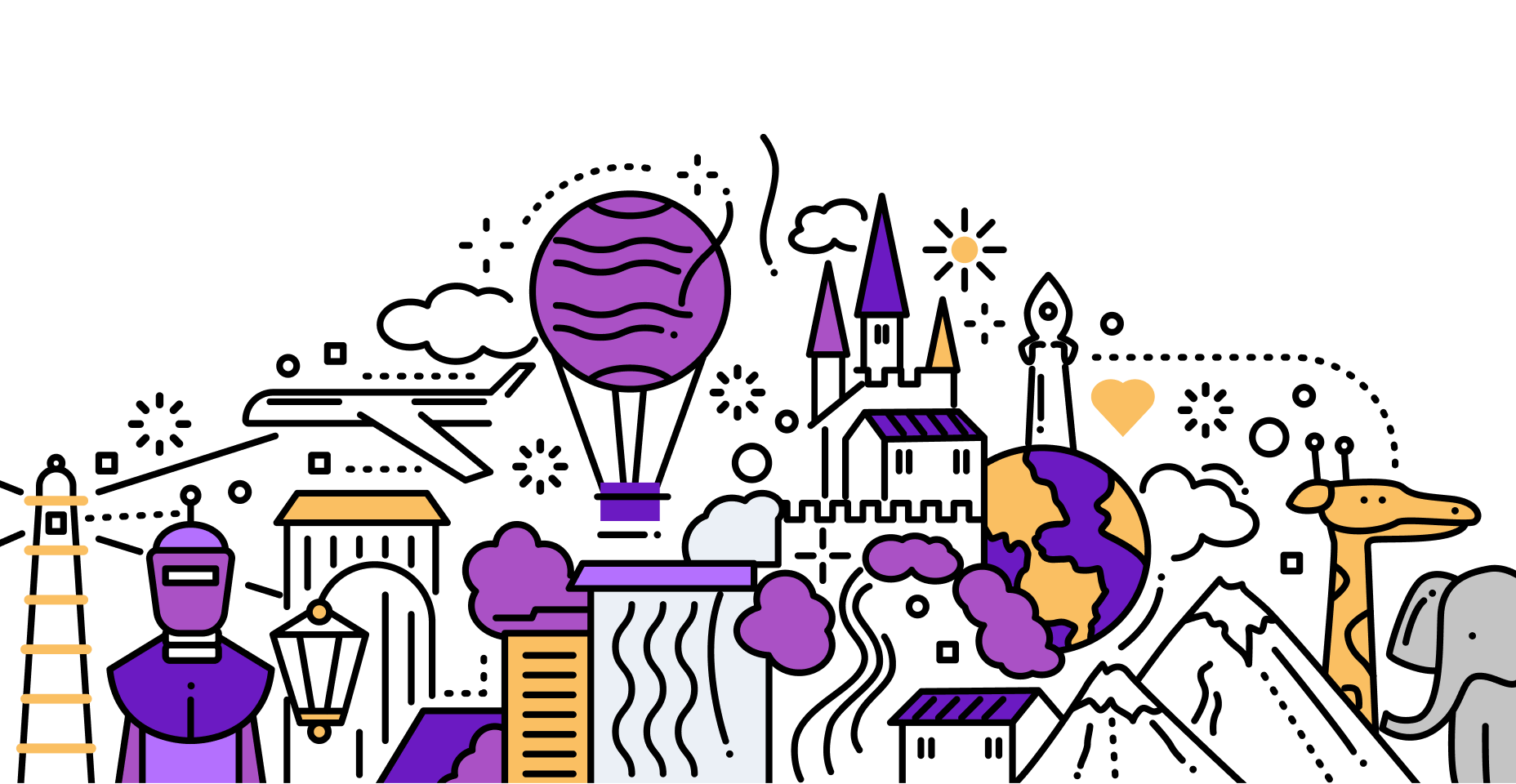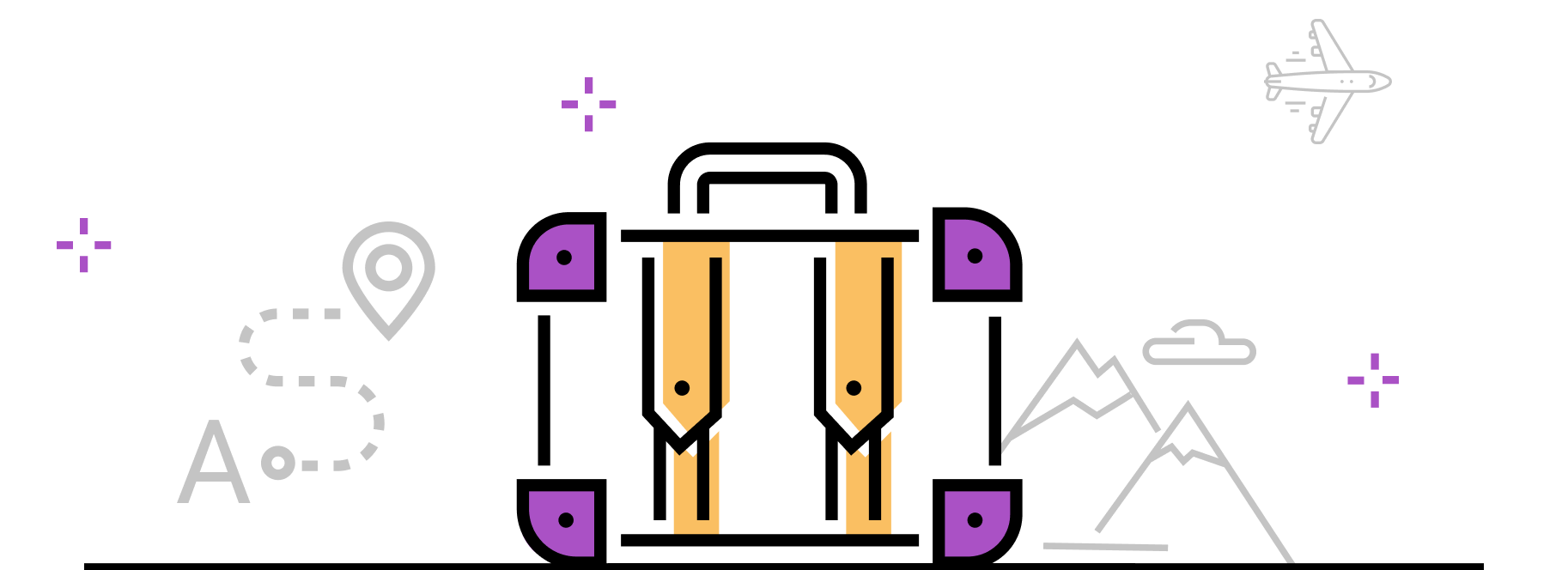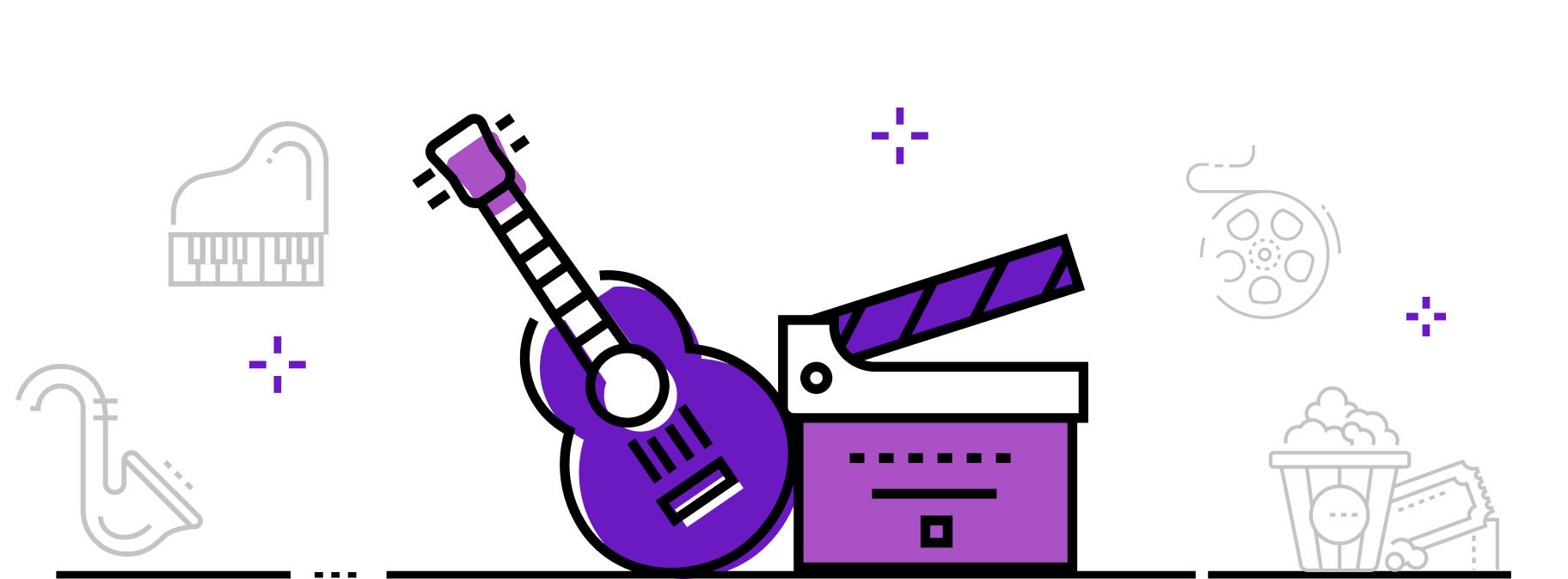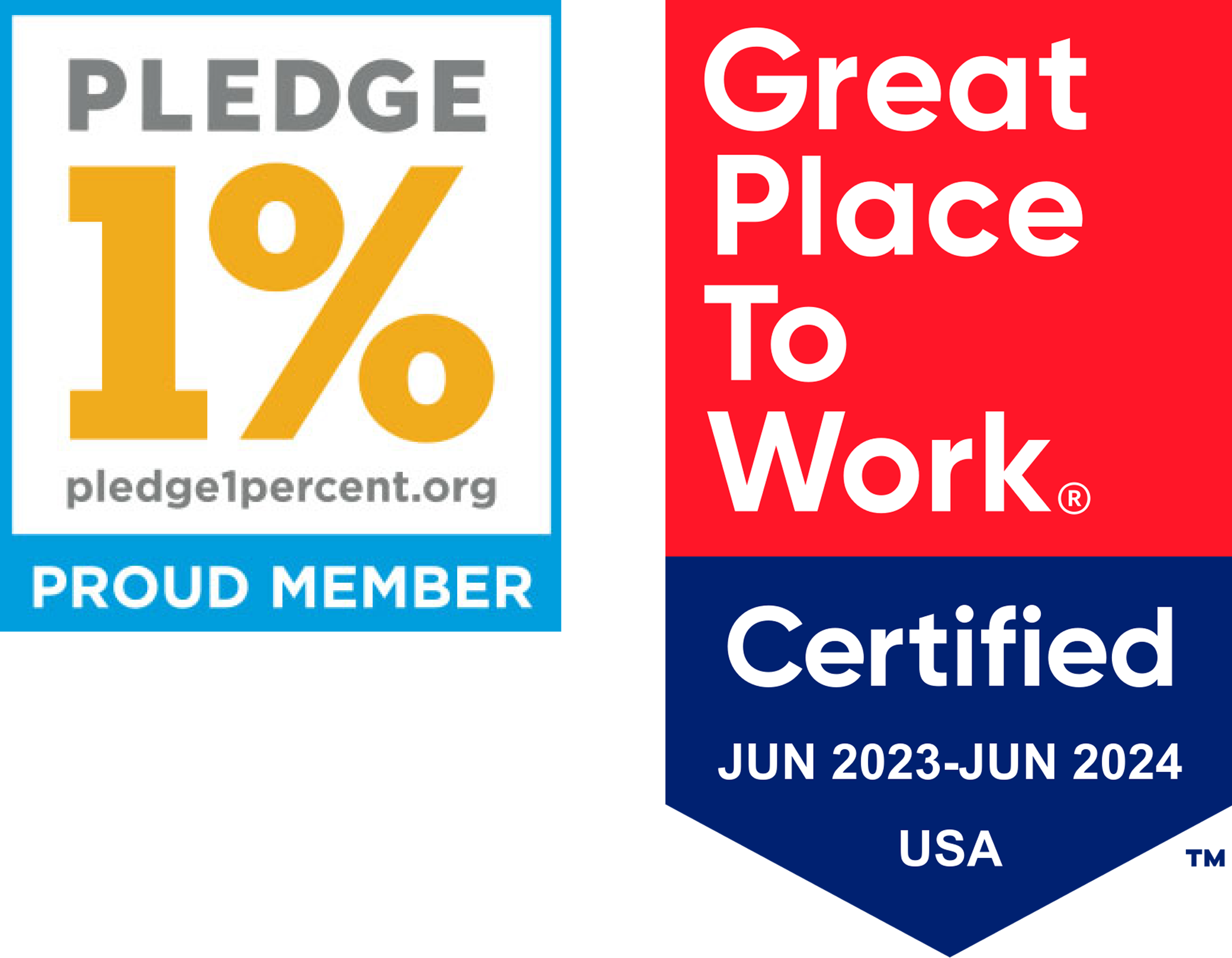NEW LAUNCH: Weill Cornell Medicine's Maya app is now available for Android!
NEW LAUNCH: Weill Cornell Medicine's Maya app is now available for Android!
At Heady, we're committed to fostering an environment where our team members can thrive both personally and professionally. Offering meaningful benefits like sabbaticals isn't just about providing perks; it's about creating opportunities for deeper personal growth and long-term career satisfaction.

Studies consistently show that new experiences can make us happier, more resilient, and more creative (not that most of us need a scientist to tell us that!). After researching the impact of extended breaks and hearing firsthand accounts from those who have taken them, we decided to launch sabbaticals as an experiment — one that we believe will bring valuable insights and positive outcomes for our team members and our company. By giving our team the chance to break from routine with a sabbatical, we aim to foster renewed energy and fresh perspectives.


Studies consistently show that new experiences can make us happier, more resilient, and more creative (not that most of us need a scientist to tell us that!). After researching the impact of extended breaks and hearing firsthand accounts from those who have taken them, we decided to launch sabbaticals as an experiment — one that we believe will bring valuable insights and positive outcomes for our team members and our company. By giving our team the chance to break from routine with a sabbatical, we aim to foster renewed energy and fresh perspectives.
-2.png?width=912&height=318&name=Group%20(1)-2.png)
-2.png?width=912&height=318&name=Group%20(1)-2.png)
There’s no doubt that taking an extended break from work can be hugely beneficial to individuals. Studies have shown that sabbatical leave is associated with a significant decline in stress, reducing burnout and increasing employees’ overall well-being. But zooming out, we also believe that sabbaticals can have a positive impact on Heady as a whole in four key ways.
Sabbaticals encourage longevity and increase employee retention.
Longevity is one of our core values at Heady, and maintaining long-term relationships with both our clients and our team members is a key focus for us. We understand that we employ people, not robots, and we want to give them the kind of benefits we’d want for ourselves, as much as it’s financially possible to do so. So we asked ourselves: Beyond healthcare, retirement plans, and a generous PTO policy, what perks can we offer that would be truly valuable to our employees and encourage them to stick around for the long haul?
We put a lot of effort into walking the walk when it comes to work-life balance at Heady, but that doesn’t mean our employees are invincible to burnout or simply needing a break. The tech industry in particular suffers from high rates of burnout, and we see sabbaticals as a way to give people a chance to break away from their daily routine and take a real mental pause while continuing their tenure at Heady.
Sabbaticals broaden your perspective.
There are inherent benefits to stepping away from something you’ve been doing for a long time: When you come back, you may see things you didn’t see before, or see them from a whole new angle. In fact, 87% of people said they felt more confident about their work following an extended break, with 75% saying they came back with a clearer vision for their company. Time away shifts and broadens your perspective, which in our opinion can only be a good thing.
It’s like when a developer tries and fails for hours to solve a bug, then they walk away from their computer for a break and boom, the solution presents itself. Taking that break from your day to day is healthy and can lead to increased innovation and creativity upon your return to work — if you return, that is. Realistically, one possible outcome of a sabbatical is that someone may decide this job, or this industry, isn’t for them anymore, and that should be taken in stride and seen as an ultimately positive outcome. We want people to stay at Heady only as long as they truly want to be here.
Sabbaticals build resiliency within the organization.
With a team member out on sabbatical for a month or two, their colleagues have to figure out how to operate in their absence. Of course, we don’t anticipate anyone will rush out the door and simply say “Good luck”; an important part of going on sabbatical is setting your team up for success while you’re gone.
But inevitably, there are unexpected situations or unanswered questions that will arise in your absence. And the need to figure those things out builds resiliency within the organization, ensuring there’s no single point of failure within the company. If an organization crumbles when one team member is out, this isn’t an indicator of how great that person is (though that may also be true) — it’s actually a sign of organizational weakness. In that sense, sabbaticals serve as a sort of organizational “stress test” that allows us to pinpoint areas we may need to strengthen.
Sabbaticals increase empathy among team members.
In addition to helping to build resiliency within the organization as a whole, a team member’s planned prolonged absence also means their colleagues get to walk a mile (or more) in their shoes. We may in theory think we understand what someone’s role encompasses, but when they’re on sabbatical we gain a much clearer sense of the tasks and duties they’re responsible for, often leading to improved collaboration.
To give a real-life example: Our former Head of Business Development (now Chief Operating Officer) George Sanchez used to be almost solely responsible for writing our SOWs. It was a challenging task that required input from numerous departments, and getting all the needed information could be difficult and time-consuming. When George went on sabbatical in the fall of 2022, the responsibility of writing SOWs fell onto multiple team members and the process became more collaborative. Everyone now understands how crucial their input is when it comes to creating SOWs, and now that George is back, he gets to reap the benefits of an improved process and greater collaboration.
Studies consistently show that new experiences can make us happier, more resilient, and more creative (not that most of us need a scientist to tell us that!). After researching the impact of extended breaks and hearing firsthand accounts from those who have taken them, we decided to launch sabbaticals as an experiment — one that we believe will bring valuable insights and positive outcomes for our team members and our company. By giving our team the chance to break from routine with a sabbatical, we aim to foster renewed energy and fresh perspectives.


Outside of academia sabbaticals are still relatively rare, but they’re definitely growing in popularity: As of 2018, 15% of U.S. employers were offering sabbaticals, though only 5% offered paid sabbaticals.
If you’re thinking of launching sabbaticals at your organization, here are some things to consider:
How long will sabbatical leave be?
For us, it needed to be long enough to really see the benefits for both employee and company. As anyone who’s gone on vacation knows, it typically takes three or four days just to get out of “work mode.” If the leave were only a month, it would largely be consumed by transition time — and team members might be encouraged to simply wait for the person to return, rather than figuring out new ways to get tasks done in their absence.
We decided that a period of two months gives individuals sufficient time to settle into whatever they plan to do in their off-time, while giving us a chance to really test our resiliency as an organization. How long your sabbatical leave is will ultimately depend on the needs and capabilities of your organization.
Will your sabbatical leave be paid or unpaid?
We’re proud to be able to offer Heady team members up to 2 months of paid sabbatical leave, but that simply won’t be feasible for every organization. Whether your company offers paid or unpaid leave will depend on your working capital and being in alignment with investors — but evidence shows that even unpaid sabbaticals can still be considered a major perk by employees.
How many years of service will be required?
As we looked into sabbaticals in the course of writing this blog, we noticed that most companies require five, seven, or even 10 years of service before offering a sabbatical. We decided on three years at Heady because we find that’s the point at which people often begin to reevaluate whether they’re in the right job, organization, and/or industry. Taking a sabbatical at this critical juncture would give them an opportunity to reflect on what’s important to them and (hopefully) come back to Heady with a renewed sense of purpose.
When launching a new sabbatical policy, some people may be automatically eligible depending on the tenure required, so it’s important to consider: Will you offer it to them all right off the bat? How will you decide who gets to go on sabbatical first? Make sure to approach this from a human angle and consider how a new sabbatical policy might play out.
How will you prepare for team members to go on sabbatical?
Long-term advance planning is key to ensuring that sabbaticals are beneficial and not disruptive. It’s built-in to Heady’s sabbatical policy that sabbatical timing will depend on business needs, urgent deadlines, and project go-lives. Making sure that colleagues are fully downloaded and brought up to date on what a team member has been working on and anything that might pop up in their absence is crucial, as well as being given access to any tools, collateral, etc. they may need to access or use in those situations.
Studies consistently show that new experiences can make us happier, more resilient, and more creative (not that most of us need a scientist to tell us that!). After researching the impact of extended breaks and hearing firsthand accounts from those who have taken them, we decided to launch sabbaticals as an experiment — one that we believe will bring valuable insights and positive outcomes for our team members and our company. By giving our team the chance to break from routine with a sabbatical, we aim to foster renewed energy and fresh perspectives.


Like so many things at Heady, our sabbatical policy is ever-evolving and not set in stone. As time goes on, sabbaticals may evolve to best suit the needs of Heady’s team members and the organization as a whole and ensure we’re best equipped to build our clients’ digital futures. For now, we’re psyched to offer this major perk to our people, and we can’t wait to see what they do with their time off!
Your organization’s needs and capabilities may be different from Heady’s, so we encourage you to do sabbaticals in a way that works for you. And whether you can afford to offer a sabbatical to all your team members at this point or not, the underlying idea remains one all organizations should seek to apply: Finding opportunities to help employees be their most fulfilled selves is crucial for success both on an individual and organizational level.
As a certified Great Place to Work®, we’re always looking for exceptional talent to help build our clients’ digital futures.
Studies consistently show that new experiences can make us happier, more resilient, and more creative (not that most of us need a scientist to tell us that!). After researching the impact of extended breaks and hearing firsthand accounts from those who have taken them, we decided to launch sabbaticals as an experiment — one that we believe will bring valuable insights and positive outcomes for our team members and our company. By giving our team the chance to break from routine with a sabbatical, we aim to foster renewed energy and fresh perspectives.
Our emails are (almost) as cool as our digital products.
Your phone will break before our apps do.

© 2025, Heady LLC.